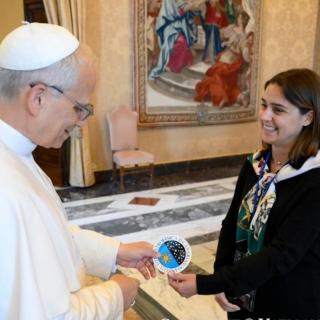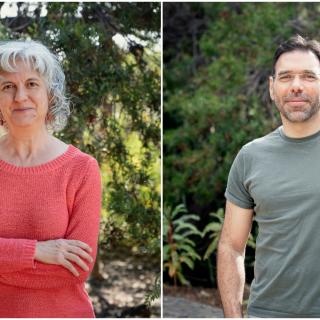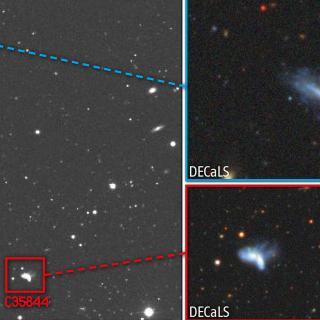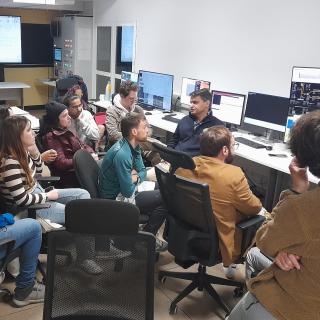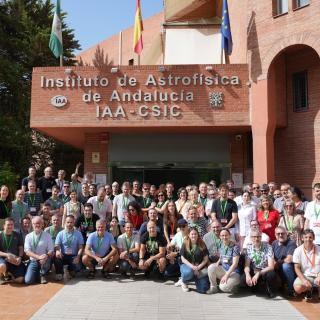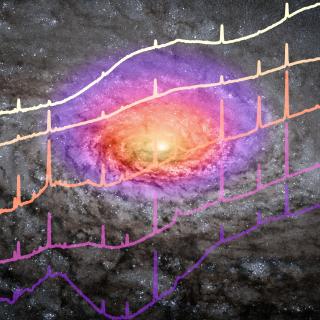
An international team led by Cristina Ramos Almeida, a researcher at the Instituto de Astrofísica de Canarias (IAC), has used the James Webb Space Telescope (JWST) to observe five dust-obscured quasars — and the results offer new insights into how galaxies and their central supermassive black holes may evolve. The study is published today in the journal Astronomy & Astrophysics . The energy released by supermassive black holes at the centres of galaxies is a fundamental ingredient in regulating the formation of new stars, and thus galaxy growth. This occurs during an active phase, usually
Advertised on
